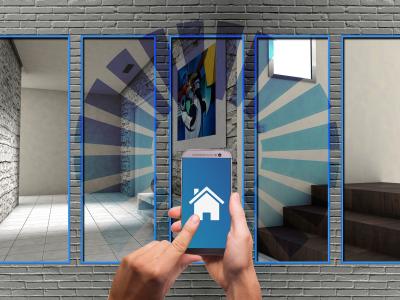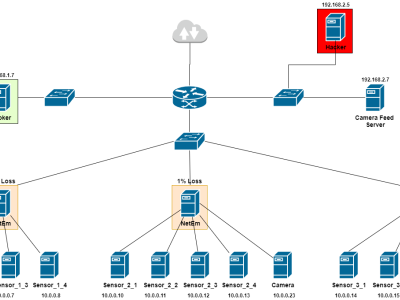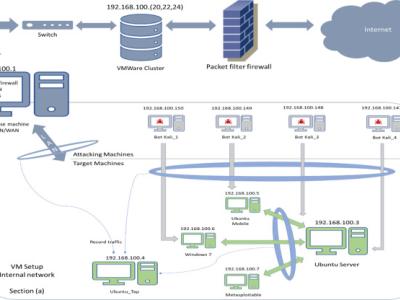The Impact of Height on Indoor Positioning with Magnetic Fields

- Citation Author(s):
-
David Hanley (University of Illinois at Urbana-Champaign)Augusto S. Dantas de Oliveira (University of Illinois at Urbana-Champaign)Xiangyuan Zhang (University of Illinois at Urbana-Champaign)Dae Hyun Kim (University of Illinois at Urbana-Champaign)Yusheng Wei (University of Illinois at Urbana-Champaign)Timothy Bretl (University of Illinois at Urbana-Champaign)
- Submitted by:
- David Hanley
- Last updated:
- DOI:
- 10.21227/t881-7581
- Links:
 240 views
240 views
- Categories:
Abstract
Steel studs, HVAC systems, rebar, and many other building components produce spatially varying magnetic fields. Magnetometers can measure these fields and can be used in combination with inertial sensors for indoor positioning of robots and of handheld devices like smartphones. Current methods of localization and mapping with magnetometers are often based on the simplifying assumption that magnetic fields do not vary with height. In this paper, through analysis of a large dataset collected across three buildings on the University of Illinois campus, we quantify the extent to which this "planar assumption" is likely to be violated and examine the consequences for indoor positioning. First, we show that out-of-plane variations in the magnetic field were significant at over half the locations where magnetometer measurements were taken. Second, we show that absolute trajectory error in positioning was low when both localization and mapping were based on magnetometer measurements taken at the same height, but that error increased significantly with even small differences between these heights. Third, we show that the choice of height at which to take measurements---if this height was kept the same for both localization and mapping---had no significant impact on absolute trajectory error when averaged across a given set of trajectories, although some trajectories existed for which different measurement heights led to significantly different errors. Fourth, we show that absolute trajectory error decreased when magnetometer measurements were aggregated across a small range of heights to produce a single, planar map and when measurements at the median height were used for localization.
Instructions:
Data is separated by building. Within each building's dataset, there are files for
(1) Performing magnetometer calibration (Calibration_X)
(2) Performing magnetometer inter-sensor alignment (Alignment_X)
(3) Data provided to test the magnetometer alignment results (Alignment_Check_X)
(4) Data collected during magnetic surveys of a given building with and without calibration and alignment applied (Raw_T_Test_Data_X, Cal_T_Test_Data_X)
(5) Pose data of the robot during magnetic surveys of a given building (Tango_T_test, Tango_T_test2)
There are a total of 25 magnetometers on the robotic rig as described in our paper. Each process (i.e. calibration, alignment, magnetic survey, etc.) is broken up into 5 separate files, with data for 5 magnetometers in each file. The ordering used descends down the rig. In other words, Raw_T_Test_Data_1 is the magnetometer survey data for the top 5 magnetometers on the rig.
In Calibration_X, Alignment_X, and Alignment_Check_X, data is formatted as follows:
Mag 1_X, Mag 1_Y, Mag 1_Z, Mag 2_X, ..., Mag 5_Z
where Magnetometer 1 is above Magnetometer 2, which is above Magnetometer 3, etc.
The Cal_T_Test_Data_X and Raw_T_Test_Data_X files have the following format,
Position Number, Mag 1_X, Mag 1_Y, Mag 1_Z, Mag 2_X, ..., Mag 5_Z
Finally, the format of the Tango_T_test and Tango_T_test2 files have the following format,
Position number, Position_x, Position_y, Position_z, quaternion_x, quaternion_y, quaternion_z, quaternion_s
Tango_T_test files express the pose of the Device in terms of the Start of Service frame of reference. Tango_T_test2 files express the pose of the Start of Service frame in terms of the Area Description Frame. The pose needed will generally be the Device in terms of the Area Description Frame.







